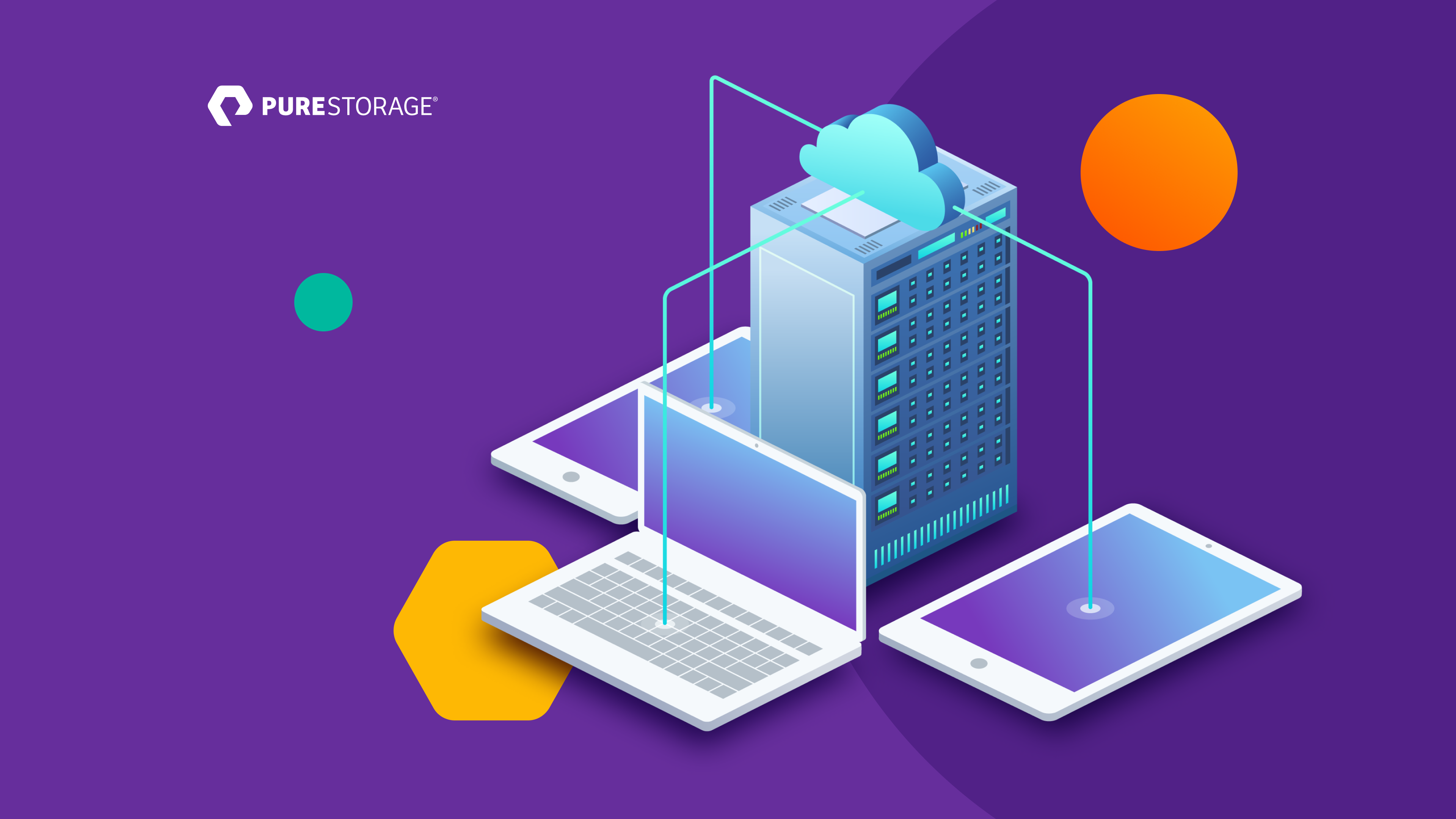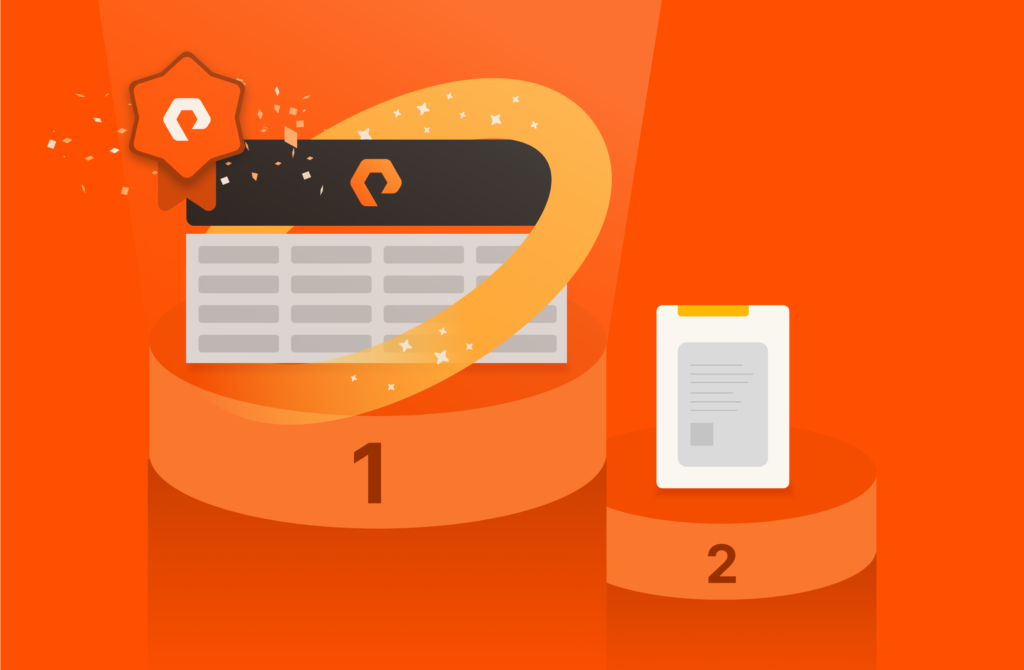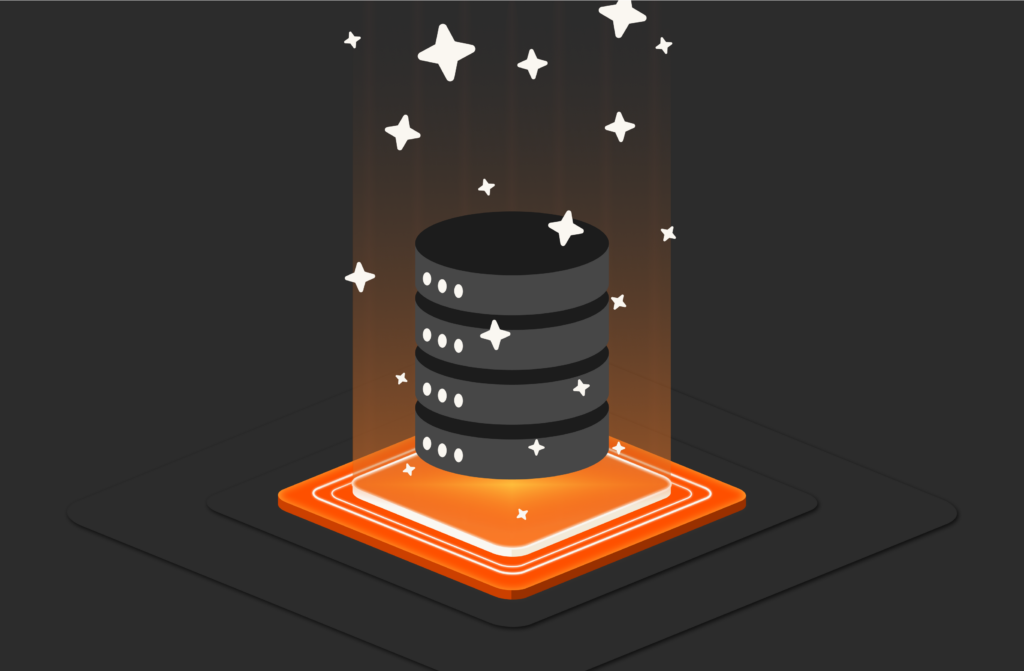Modern analytics is having a moment.
After the last year, no one wants to fly blind, but there’s more to it than that. Next-level intelligence gleaned from the analysis of unstructured data is driving some incredible breakthroughs across industries—from retail and healthcare to logistics and entertainment. These are the data-driven, immersive experiences that are table stakes for the modern consumer. Here are five ways unstructured data is making this innovation possible.
1. Tailored Customer Experiences and Personalized Recommendations
You’re browsing through an e-commerce website. When you first open the page, the site recognizes you by name, gives you instant access to your account and order history, and offers recommendations of products you might be interested in based on past browsing and purchase behaviors.
Welcome to the age of “it’s all about you.”
Retail (and other) organizations are constantly striving to offer up tailored experiences that build customer satisfaction and loyalty. Data is helping them raise the bar ever higher in the quest for a bigger market share. Say you’re a retailer with data on inventory, orders, and sales. You’ve likely made business decisions based on analysis of this data. If you can cross-reference it with unstructured data, such as social media data and website heatmaps, you can learn more. For example, you could unlock reasons why sales have slowed or determine which products should be restocked and when. Unstructured data can also enhance customer shopping. AI and machine learning can churn through huge volumes of data: media, imaging, audio, sensor data, text data, and much more.
The effort to analyze unstructured data can pay off. Research from ESG found that many organizations “collect more data and then leverage that data to gain insights into specific demographics and craft specialized offerings. As a result, customers see products that better appeal to them, improve their way of life, and/or address a specific, previously unmet need or desire.” The research also revealed the following about analytics-mature organizations:
- 71% reported customer satisfaction scores higher than their competitors.
- They’re 3.3 times more likely to exceed customer retention targets.
2. Improving Human Safety with Aerial Damage Assessment and Analysis
When natural disaster strikes, even just assessing the damage can be a difficult, time-consuming, and dangerous task. Smart Digital Sales & Holding GmbH (SD) has pioneered the use of drones to promote safety and speedy recoveries. By combining drones, high-resolution cameras, and artificial intelligence, SD can quickly scan for issues affecting many industries, from agriculture and infrastructure to public safety and more. This requires big data and analytics of unstructured data, such as images and videos, that gives the organization’s customers a whole new perspective.
When an SD drone takes flight over an agricultural field or a disaster site that’s difficult or dangerous to access—for example, after an avalanche, a flood, forest fire, or power line damage—it has about an hour to capture images of the conditions below. With state-of-the-art measuring devices, laser systems, and spectral and thermal cameras, the drone captures images at extremely high resolutions—around 50MB of data every second, for a total of 180GB per flight. That means every year, SD drones capture nearly 1PB of data.
Capturing and storing the data is one thing, but analysis is where the real magic happens. The team feeds the images into sophisticated AI algorithms that can recognize patterns and make predictions. SD’s entire business hinges on managing and moving large volumes of unstructured data with exceptional precision and speed.
The results: Government agencies are able to evaluate the magnitude and risk posed by natural disasters faster and issue public warnings faster, which can be the key to saving lives. Utility companies can do more proactive maintenance to avoid downtime and outages. Farmers can even leverage the insights to drive productivity, irrigation, and harvesting.
It’s just one example of how blurring the lines between human and machine can help create a safer world.
3. Healthcare Imaging and Diagnostics to Accelerate Treatment and Innovation
Some of unstructured data’s earliest origins lie in medical research, so it’s no surprise this industry is one of the biggest opportunities to turn data into insights. When you’re dealing with humans and healthcare, data will be highly varied and complex: notes from appointments, lab diagnostics, emails, administrative notes, medical imaging files, test results, and more. Fast access to and analysis of this data can help providers work faster and dig deeper to treat patients.
Imaging is one of the most fascinating use cases to watch here. For example, PAIGE.AI is an enterprise imaging solution that teaches its AI models to recognize cancer cells by feeding them unstructured data in the form of thousands upon thousands of images of tissue samples. With enough data, the system can help pathologists avoid misdiagnosis and improve treatment. This data-intensive training, leveraging petabytes of clinical data at speed and scale, fuels the company’s mission to transform pathology into a more rigorous, quantitative discipline. The AI in Healthcare Leadership Survey 2020 emphasized this as well, finding “Radiology is blazing the AI trail. AI apps for imaging outnumber all other categories of FDA-approved apps to date,” which are being leveraged to enhance analysis of breast, chest, and cardiovascular imaging.
Read how one CIO’s data storage decision helped fast-track telemedicine >>
4. Forecasting and Real-Time Analysis for Improved Service
Combine unstructured data with advanced forecasting and analytics technology and the result can be incredible. In fact, there are new use cases every day that illustrate the possibilities for predictive analytics to transform aspects of everyday life.
Consider the Delhi Metro railway system in India, which famously doesn’t have a fixed schedule for its trains. Instead, in its subway stations, visitors can find the number of minutes until the next train arrives in the schedule information. The metro system works efficiently, transporting nearly 5 million passengers every day before lockdowns. Passengers enter and exit the system with NFC-enabled cards or tokens, which are monitored in real time. And because the system has ridership data going back 15 years, it’s able to estimate the expected number of passengers on any given day based on parameters like the date, day of the week, public holidays, weather, and other significant events.
By combining the estimates from historical data with real-time passenger flow data, the trains can be scheduled dynamically to accommodate the traffic, ensuring an efficient use of resources (and the comfort of passengers).
5. Sensor Data to Automate Factories
Automation, a key driver of Industry 4.0, has led to many advances. For example, visual inspection robots can perform supervisory work in factories.
Spatial data drives the activities of these robots. The robots—some of which are collaborative robots, or “cobots”—conduct real-time inspections based on unstructured data feeds from cameras and infrared sensors. They can also use data to make decisions on whether to accept or reject the finished products.
Further, the data from their inspections can be used to analyze and improve production and automation efforts throughout the plant. This has led to the rise of so-called “dark factories,” which don’t require any human intervention throughout the entire production process. This achievement is made possible by the ability to analyze large volumes of unstructured data.
What Else Can We Learn from Modern Data?
Every piece of data has potential—but it has to be leveraged properly and combined with the right technology to become valuable.
It’s all about the layers of insights that unstructured data can provide—but those layers aren’t always congruous. To analyze it efficiently, it has to be consolidated and fast. And that’s where the right IT infrastructure and storage come in. Processing speeds are increasing in accordance with Moore’s Law. And the high performance requirement is consistent, even across highly varied data profiles—a challenge many legacy storage solutions can’t handle.
A unified fast file and object (UFFO) storage platform is capable of matching the processing power of modern chipsets to deliver maximum throughput. The modern architecture of Pure Storage® FlashBlade® lets you implement a UFFO storage platform without the challenges associated with retrofitting legacy storage solutions.
If you’re looking for an unstructured data storage platform that’ll help you modernize and future-proof your storage, give Pure FlashBlade a try with a free trial to see its benefits in action.








